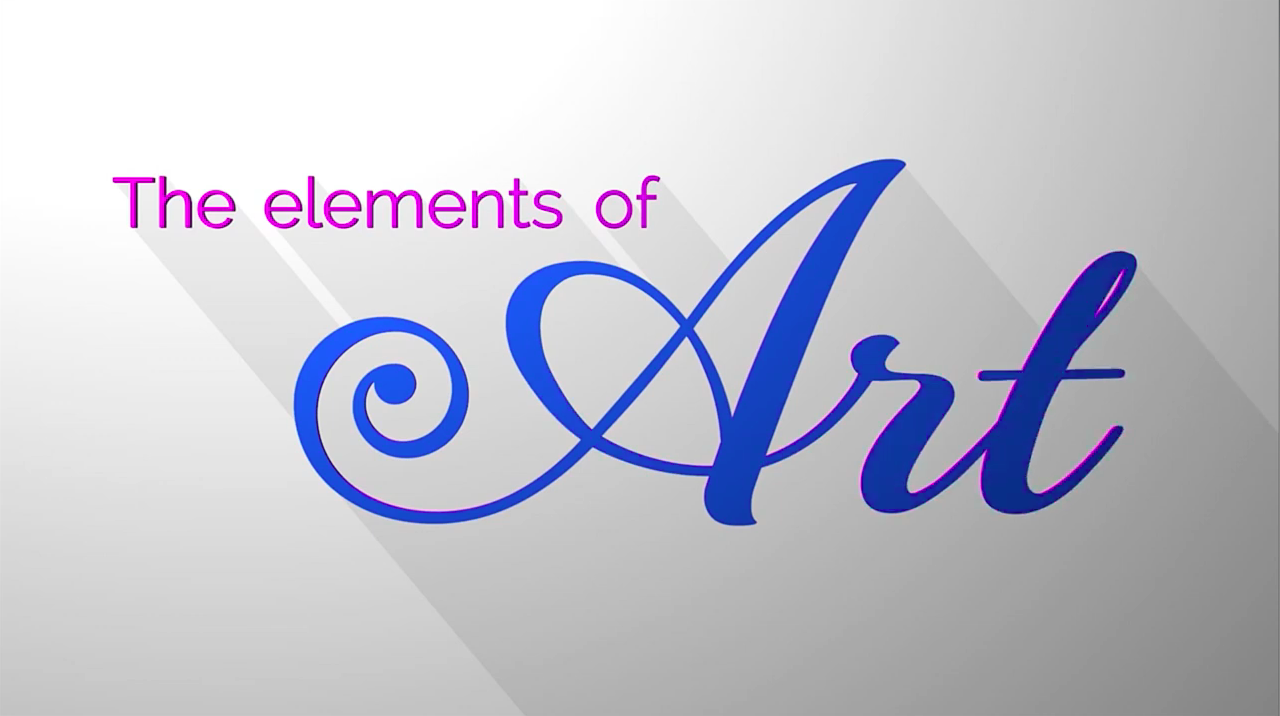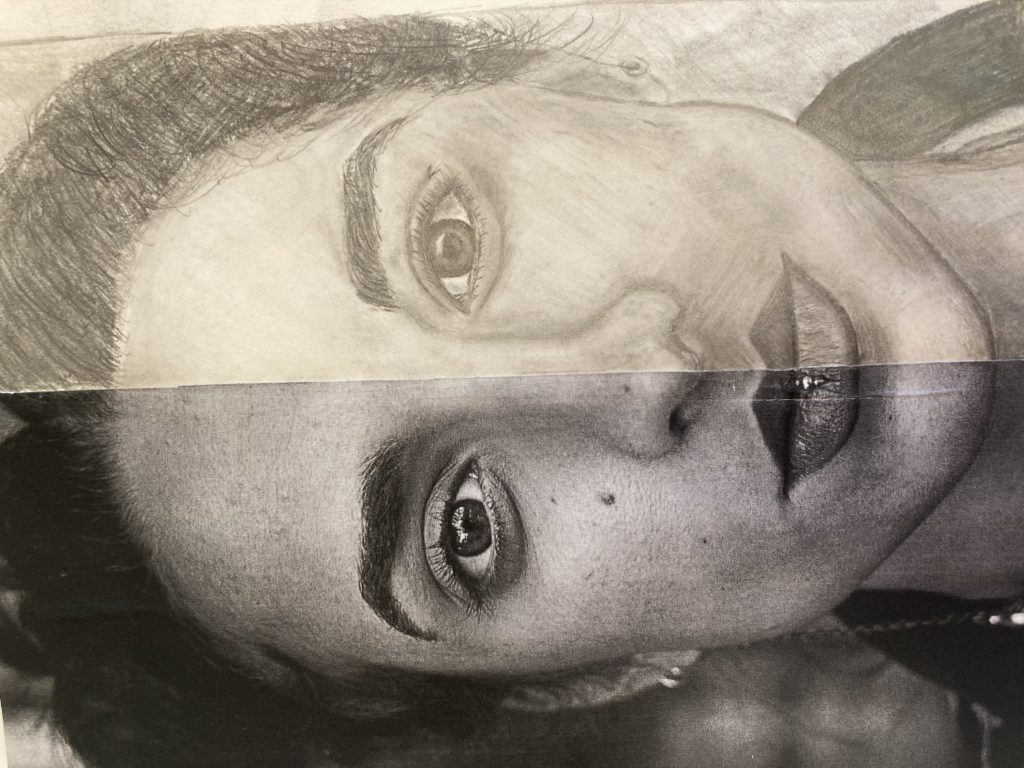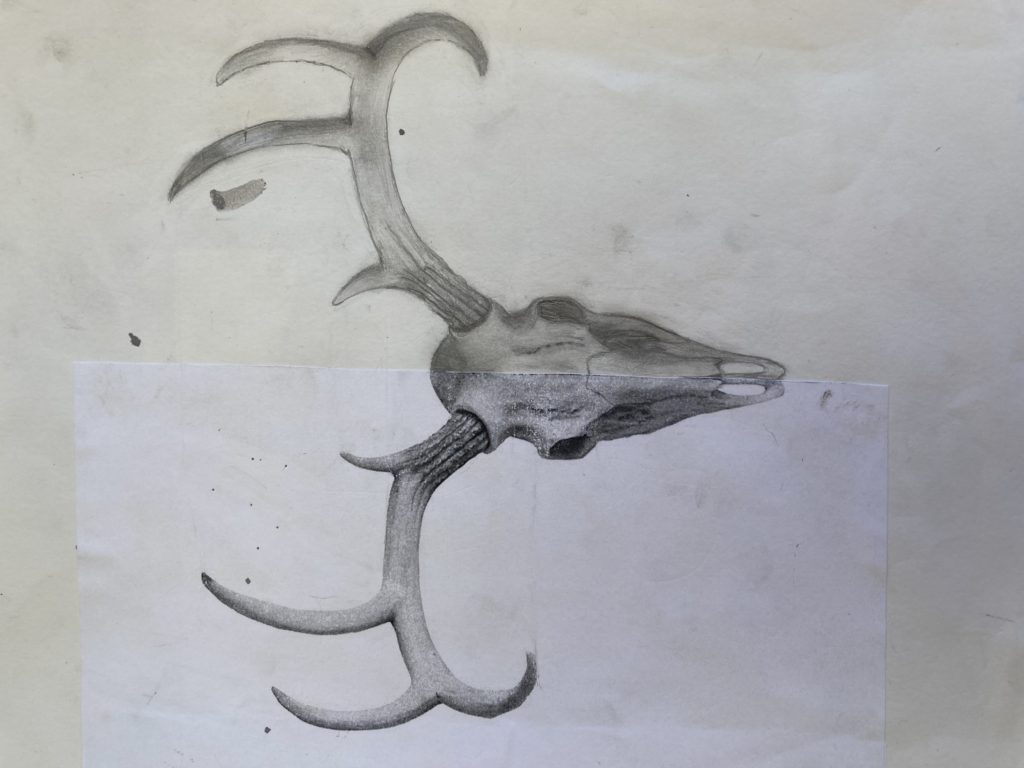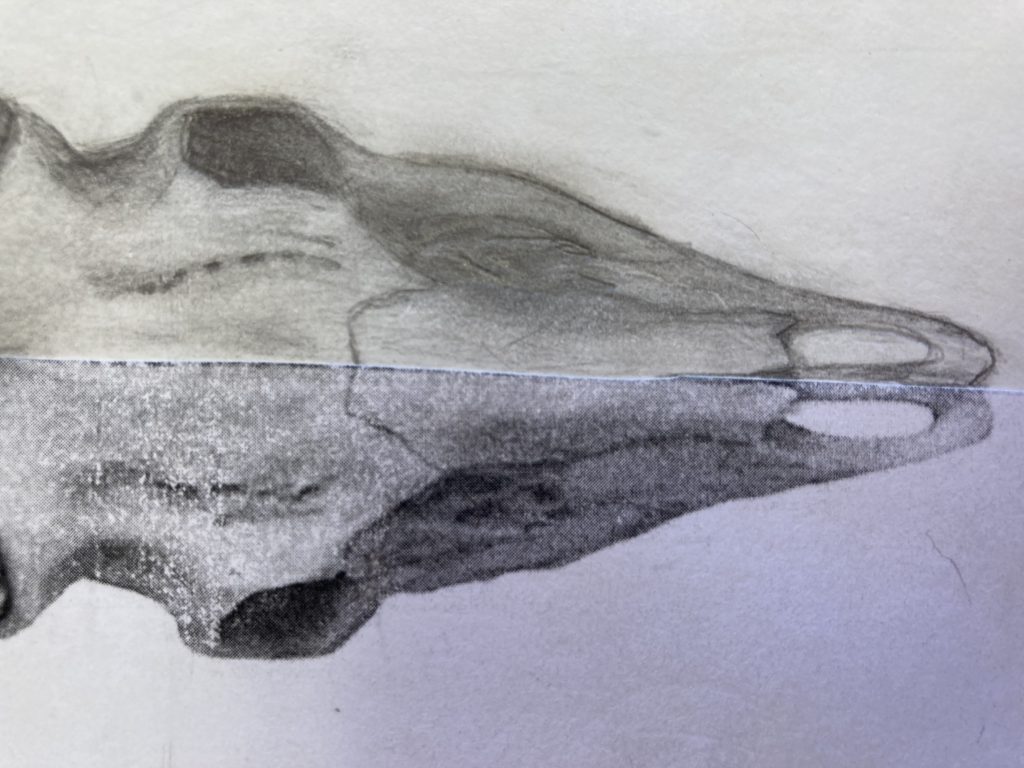Skip to content


Project Goal:
Create a mirror opposite image of a human face or other image drawn in graphite from a photo.
Target 1: find a reference image of a person’s face looking strait at the camera.
Target 2: cut the photo in half straight down the middle of the person’s face.
Target 3: using graphite create a mirrored image from the photo that copies the shapes and brightnesses you see as closely as possible.













